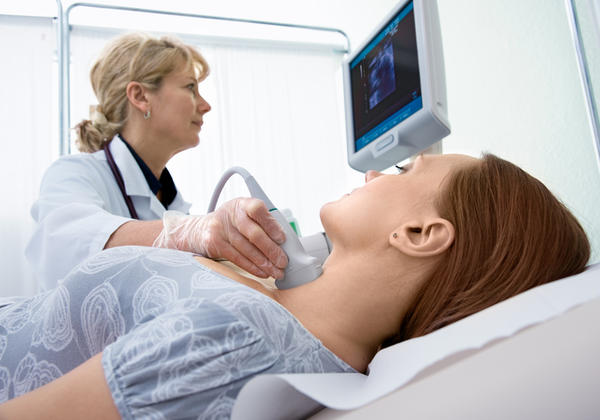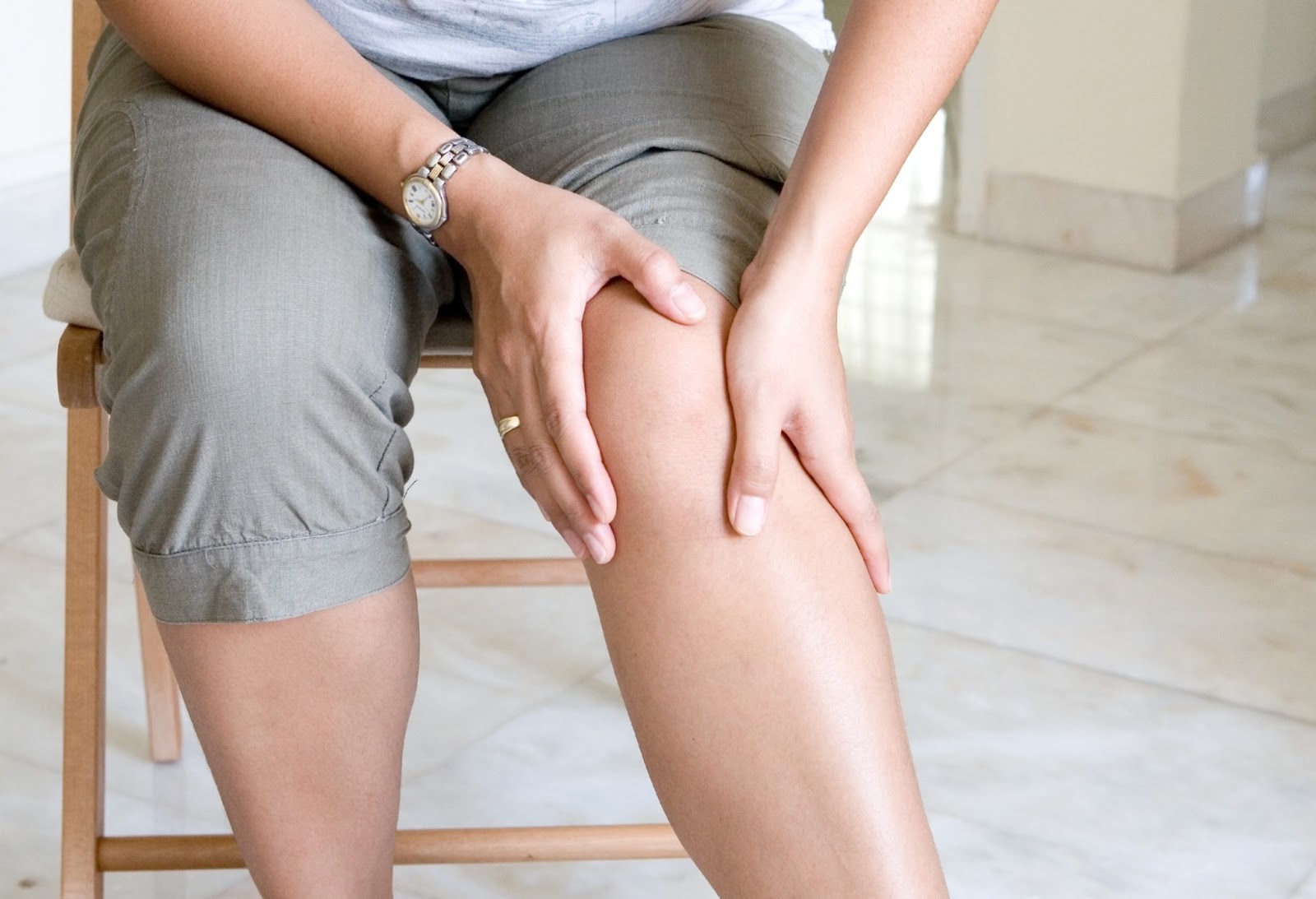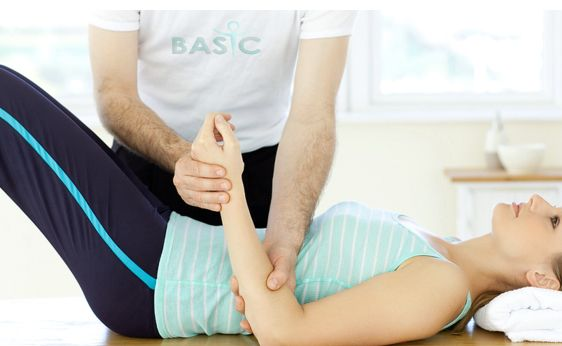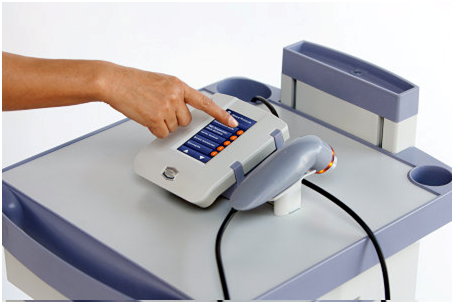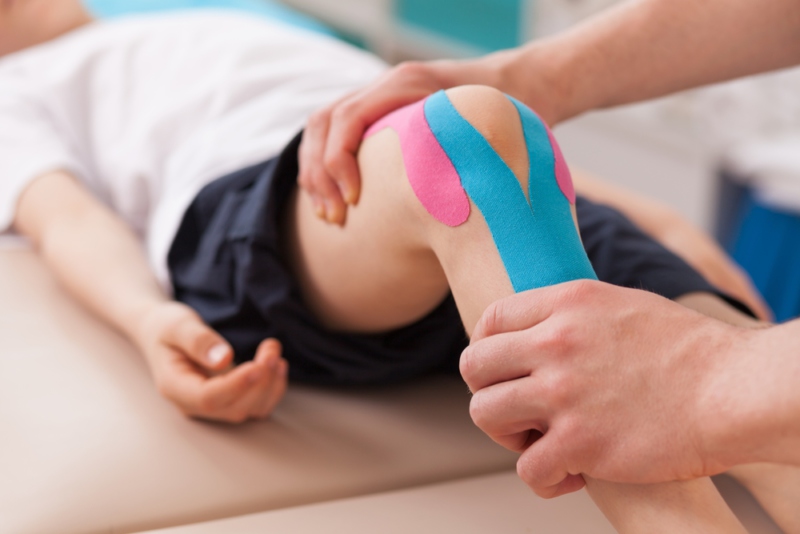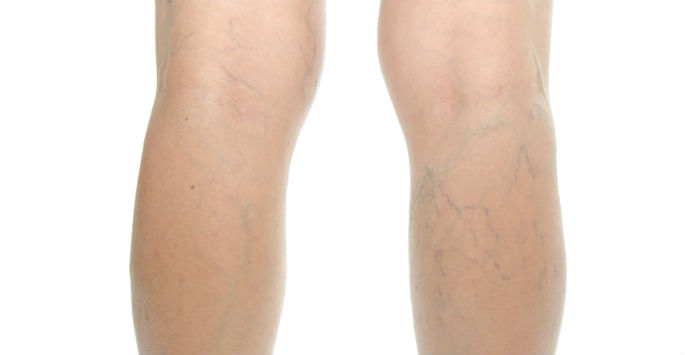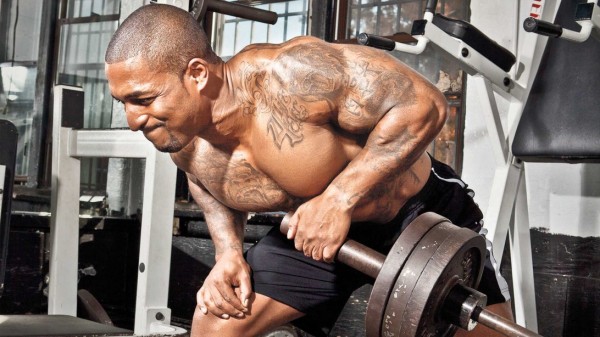If you have experienced muscle and joint pains, you know how adverse an effect it can have on your day-to-day life; however, the good news is that you do not have to live with the pain because successful treatment is available.
As we move into middle age, health problems that once seemed very obscure can suddenly become immediate. Arthritis, hip pain, other joint issues, and back pain are among the common health issues we experience as we get older. Muscle and joint pain can have a serious impact on our lives, and in the most serious of cases can even prevent us from working. A minor joint-pain issue can still stop us from enjoying the type of lifestyle we previously embraced, whether that included exercising or something as simple as gardening.
Back pain is a particularly serious issue for many of us. We may begin to experience back pain because of strenuous exercise or exercising in the wrong way. Alternatively, back pain may arise from parenting responsibilities. If you are a parent, you will likely be aware of how often you have to lift and carry your children, and this can begin to take a toll on your back.
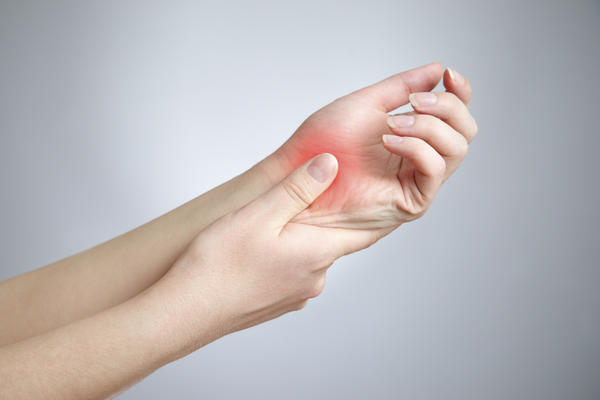
The beginnings of back pain typically manifest themselves in aches, stiffness or feelings of tension in the back area. As mentioned already, lifting something (or someone, such as child) incorrectly can result in damage to the back, but so too can bad posture or bending awkwardly to retrieve an item from floor level. In a majority of cases, back pain can be treated successfully with a recovery period of within 12 weeks. A physician will typically prescribe painkillers and request that you keep mobile. However, more serious cases of back pain, or chronic back pain, will generally require more comprehensive treatment, with a combination of painkillers and some form of manual therapy, such as chiropractic, a therapy focusing on disorders of the neuromusculoskeletal system.
Chiropractor Sol Cogan would recommend that clients experiencing muscle and joint problems focus on alleviating the problem long term, rather than using quick-fix solutions that do not resolve the pain permanently. In the past, it was assumed that rest was one of the best treatments for back pain, but experts now agree that it is far better for the patient to remain as active and as mobile as possible. You do not have to take things to an extreme in terms of activity, but some moderate exercise will be of benefit. Walking and swimming are two great forms of low-impact exercise that help prevent back pain. Yoga and Pilates can help improve flexibility and will also have the effect of strengthening the muscles in your back.
As already mentioned, a good posture is important to prevent the occurrence of back pain, and you should avoid putting too much pressure on the back area. Remember also to have a positive frame of mind because research has highlighted the benefits of remaining positive in terms of quicker recovery times.
Muscle and/or joint pain need not be a permanent feature of your life, and with the right treatment you can be pain-free.

